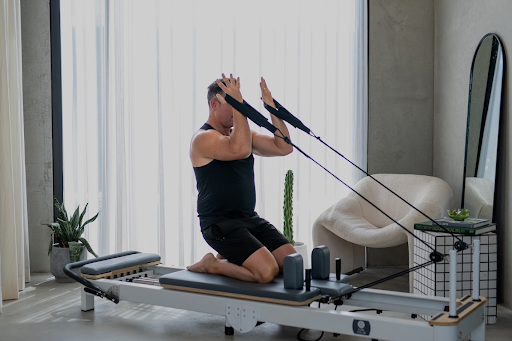
Balance. We all know it and everyone of us talks of it, yet most times it seems unattainable. There is food, and then there is exercise. And life just yanks you out of the course.
The truth is, food and movement are partners. They work better together than alone. Eating well without exercise leaves the body underused. Exercising on an empty stomach leaves you feeling drained. Combine the two, and you have a recipe for bubble, strength, and well-being that stick around.
Why Food Cannot Do It All
Food is fuel, no doubt about it. Vegetables, protein, and whole grains give the body what it needs to run. But food cannot build strength by itself. You can eat the cleanest diet in the world and still feel stiff, weak, or sluggish.
That is where exercise steps in. It turns fuel into movement, builds stamina, and keeps joints from locking up. A meal plan alone can keep you alive. A meal plan plus movement makes you thrive.
Choosing Smarter Exercise
Not every workout fits every body. Running miles each day? Great for some, tough on knees for others. Heavy weights? Useful, but not always sustainable.
Smart exercise is about finding methods that strengthen while protecting. Resistance-based workouts are one of the best examples. Using a Pilates reformer for controlled resistance training is a perfect example.
According to the Hospital for Special Surgery, Pilates can be modified for any fitness level and is especially effective for improving posture, flexibility, and overall core strength without placing stress on the joints.
That implies muscles get exercised without the joints taking a hit. To a person who likes to cook, attend to the family, or simply stay active, it is the type of exercise which can be viewed as offering long-term health rather than wearing it down.
Energy That Lasts All Day
Eat right, move well, and suddenly energy feels different. Instead of crashing mid-afternoon, you keep going. That grocery trip feels easier. Cooking dinner does not wipe you out.
It is a cycle: good food fuels muscles, smart exercise trains them to use that fuel better. Once that balance clicks, daily life feels lighter. Even small chores, bending to pick up laundry or walking upstairs, feel less like work.
And here is something else. Regular movement often changes cravings. After a workout, a salad with grilled chicken sounds better than fast food. It is like the body learns what it actually needs.
Forget Extremes
Strict diets. Boot camp workouts. They might work for a few weeks, but rarely longer. What happens? Burnout. Cravings. Injuries.
The more effective course to take is consistency, including balanced meals in most cases, but not being very strict about letting loose once in a while and cheering on a favourite dish. Exercising on a regular basis, but not imposing on every day.
Progress comes from habits you can repeat without dread.
When food and movement become normal parts of your day, you stop thinking in terms of “on track” or “off track.” You are just living.
Posture and Core Strength
Think about how much time is spent standing at the stove, sitting at a table, or carrying bags of groceries. All of it relies on posture. And posture relies on a strong core.
That is another reason equipment like a Pilates reformer is so effective. It tones deep abdominal muscles that help to support the spine. Improved posture helps with breathing as well as digestion, besides helping the person reduce back pain. When combined with balanced meals, the results do not only entail a fit appearance.
Food That Helps Exercise Work
Exercise breaks the muscle down. Food builds it back up. Without the right nutrients, progress stalls. When there is no movement, nutrients will not be utilized fully.
Protein repairs, carbs, carbonates and fats reduce inflammation. A post-workout meal of salmon, sweet potatoes and roast vegetables is satisfying as well as recovery food. When food and exercise are paired, each one does its job better.
Harvard Health even notes that combining good nutrition with regular exercise produces stronger, longer-lasting results than focusing on either one alone.
Stress Relief You Can Feel
Stress does not just sit in the head. It shows up in the stomach, the shoulders, and even in sleep.
Healthy food supports the nervous system, and exercise helps the body release tension. Together, they calm everything down. Even a short workout followed by a nourishing meal can reset a stressful day.
The benefit here is more than physical. Feeling calmer and more centered makes it easier to stick with healthy habits, too.